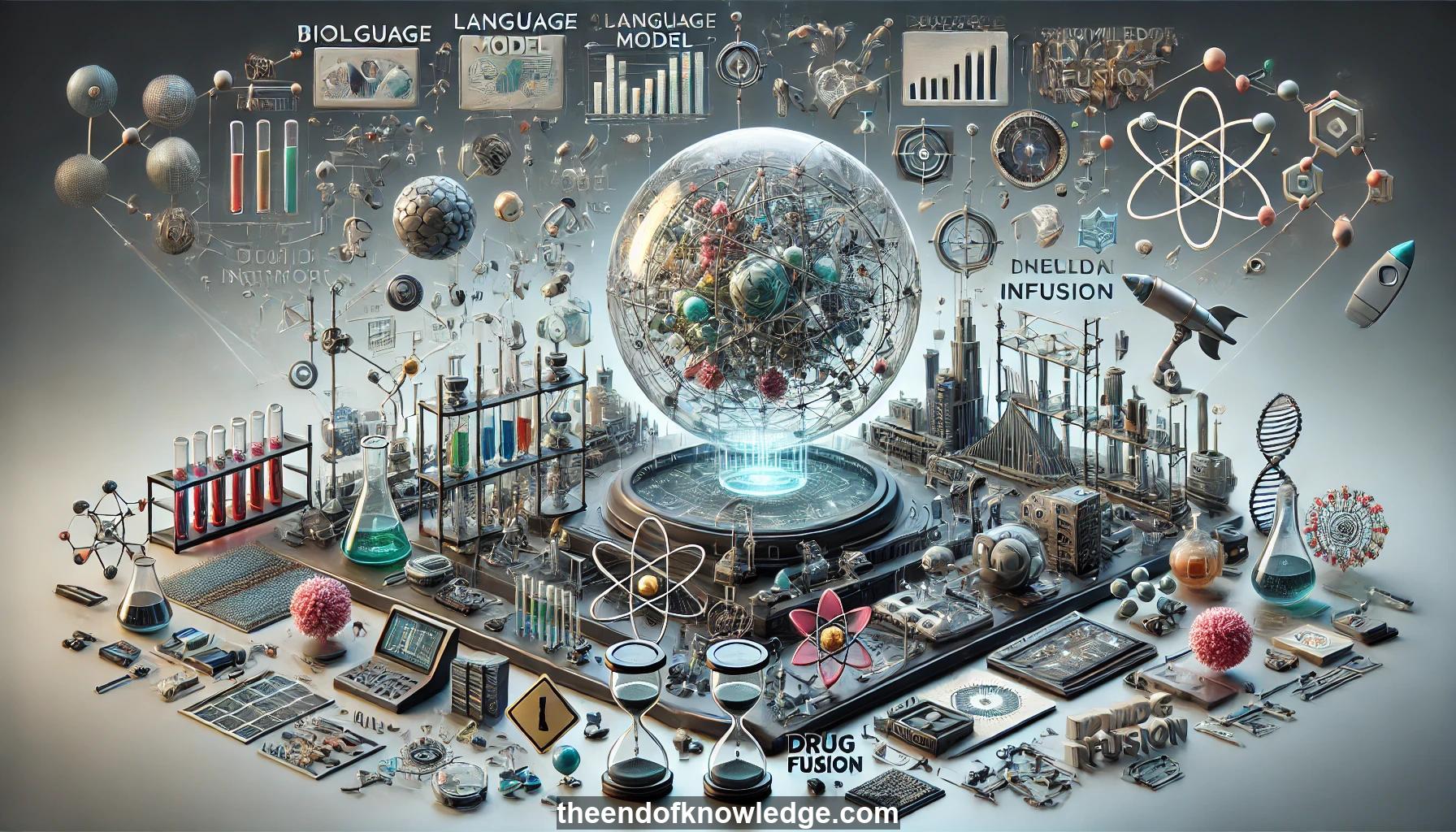 >
>
Concept Graph & Resume using Claude 3.5 Sonnet | Chat GPT4o | Llama 3:
Resume:
1.- Molecular property prediction is crucial for drug discovery, but current approaches often focus too narrowly on graph algorithms without considering broader biological context.
2.- Pre-training molecular models has not shown the same level of improvement as in NLP, despite numerous attempts and creative approaches.
3.- Generalization in molecular modeling is challenging, with scaffold splits and temporal splits being more realistic than random splits for evaluating model performance.
4.- Interpretability in healthcare AI may not always be useful, especially when humans cannot validate the model's rationale for complex predictions.
5.- Models should have the ability to abstain from making predictions when they are not confident, particularly in out-of-distribution scenarios.
6.- The EquiBind paper tackles the task of predicting where small molecules bind to proteins, crucial for understanding drug interactions.
7.- EquiBind uses graph neural networks and attention mechanisms to predict binding locations and molecular conformations in a single shot.
8.- EquiBind incorporates chemical knowledge by constraining bond lengths and angles during prediction, improving physical plausibility of results.
9.- EquiBind is 1,200 times faster than existing methods while maintaining comparable accuracy, enabling large-scale drug discovery applications.
10.- Synergistic drug combinations can be more effective than individual drugs, but predicting synergy requires understanding target protein interactions.
11.- Incorporating target protein information into molecular representations can improve prediction accuracy for synergistic drug combinations.
12.- Automated methods for creating challenging train-test splits can reveal limitations in current models and guide future improvements.
13.- Noise in experimental data is a significant challenge in life sciences research, requiring robust methods for data cleaning and uncertainty quantification.
14.- Drug repurposing uses drug-target-disease networks to identify potential new uses for existing drugs, but careful consideration of generalization is crucial.
15.- Rationalization in chemistry often fails to capture the full biological context necessary for understanding molecular behavior and effects.
16.- The importance of solving the right problems in computational drug discovery, focusing on biologically relevant tasks rather than just improving graph algorithms.
17.- Breast cancer risk prediction from mammograms demonstrates the potential of AI in healthcare, but also highlights challenges in interpretability and data availability.
18.- The need for standardized evaluation methodologies and benchmarks in molecular machine learning to enable fair comparisons between different approaches.
19.- The potential of combining multiple data modalities (e.g., imaging, genetics) to improve predictive models in healthcare applications.
20.- The challenge of generalizing to new areas of chemical space in drug discovery, requiring careful consideration of model evaluation and deployment strategies.
21.- The importance of incorporating domain knowledge from chemistry and biology into machine learning models for improved performance and interpretability.
22.- The need for caution when interpreting published results, as different evaluation methodologies can lead to significantly different reported performances.
23.- The potential of single-shot prediction methods like EquiBind to dramatically speed up computational drug discovery pipelines.
24.- The challenge of modeling flexible molecules and protein-ligand interactions, requiring novel architectural designs and loss functions.
25.- The importance of collaboration between machine learning researchers and domain experts in chemistry and biology to tackle relevant problems.
26.- The need for models that can reason about broader biological context, including metabolic processes and protein-protein interactions.
27.- The potential of machine learning to accelerate drug discovery by enabling rapid screening of large chemical libraries.
28.- The challenge of dealing with highly incomplete and biased data in biological knowledge graphs used for tasks like drug repurposing.
29.- The importance of considering the intended application when designing generalization scenarios and evaluation methodologies.
30.- The ongoing need for innovation in molecular representation learning to capture relevant chemical and biological information for downstream tasks.
Knowledge Vault built byDavid Vivancos 2024